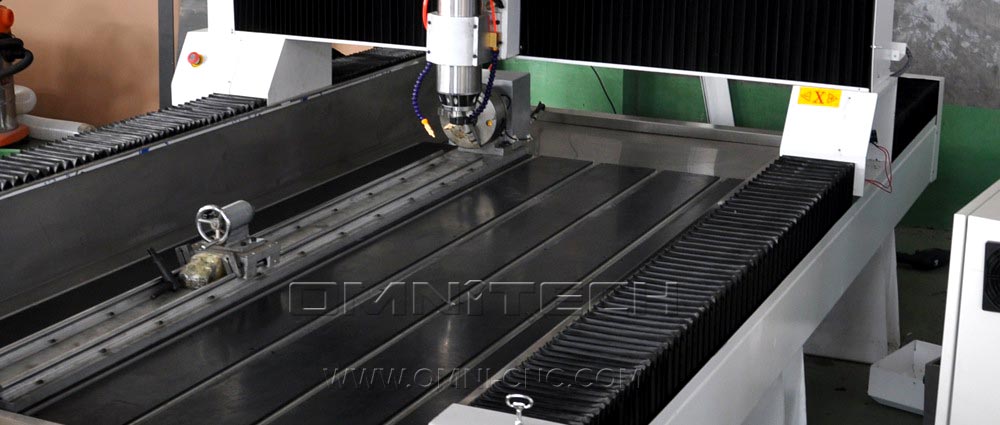The digital computer control (CNC) machining is a common technique that is contemporary used in the metal work industry. Unlike conventional machines, CNC machining uses computerized systems that facilitate upper output in complicated shapes for a range of materials. An example of renown is the CNC milling machine.
Previous machines known as digital control machines (NC) have located their positions via G codes. These G codes have been manually manipulated by the user unlike the CNC machining in which this task is computerized.
In the most recent versions called parametric programs, logical commands have been corrected so that you can work with these codes G. This modified version allows users to regulate and manipulate system settings effortlessly.

Benefits of using CNC machines:
Improving the technology used in the manufacture of these machines has resulted in a number of benefits. These include the following:
– There is an improved speed, accuracy, productivity and task efficiency
– They considerably reduce accident incidents because computerized systems minimize contact between tools and the user. This makes the metal work process a more comfortable business.
CNC milling machines work using a computerized system for transmitting signals to a stepper motor controller. This system indicates the step step by step on the direction to follow and the number of steps it is supposed to take. The motor is connected to the mill drive mechanism in X, Y and Z axes.
